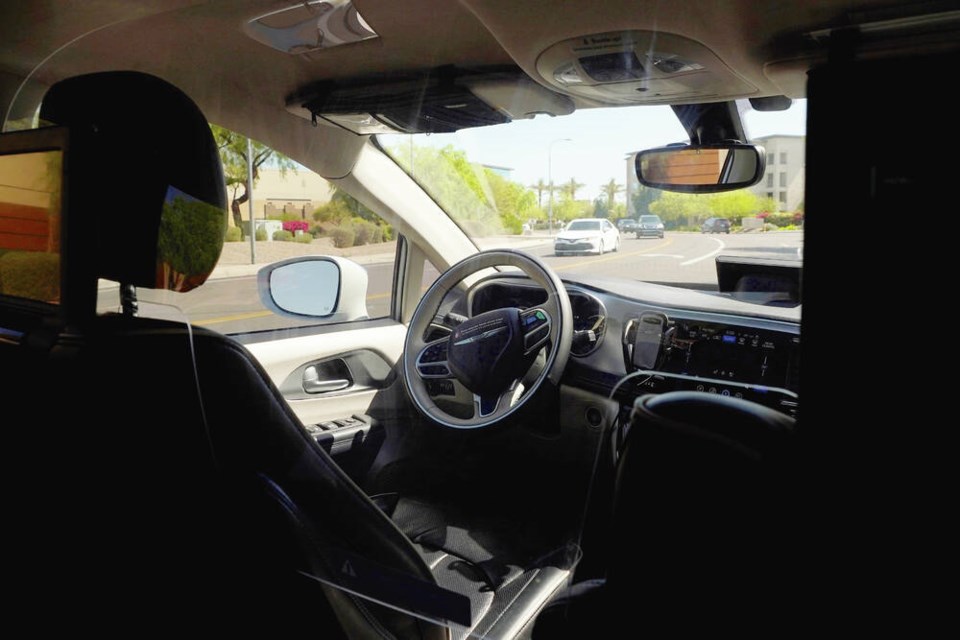It wasn’t that long ago that industry experts and automotive pundits were hailing the impending arrival of the driverless car. Autonomous vehicles or AVs, as they’re now known, were going to take over the driving world.
While this tech revolution hasn’t ground to a halt by any means, in the past year we’ve seen a lot more sober second thinking about how the AV will actually become a part of the new normal.
There are plenty of good reasons for this.
On March 18, 2018 a self driving Uber test vehicle struck and killed a woman walking a bicycle across a street in Tempe Arizona.
Extensive investigation showed the vehicle’s system had indeed detected the pedestrian six seconds before the crash, but it first registered her as an unknown object, then as a vehicle, and finally as a bicycle.
The “autonomy logic” in the car’s computer predicted a different path of collision avoidance based on these changing perceptions but realized that emergency braking was required only 1.3 seconds before impact.
To make it worse, this particular autonomous system was not designed to alert the operator, nor was it able to make an emergency stop on its own because emergency braking manoeuvres were not enabled while the vehicle was under computer control.
Where was the human driver backup? She was found to have been streaming The Voice via her cellphone at the time.
In 2016, an autonomous Tesla failed to distinguish the side of a white painted semi-trailer against a brightly lit sky as it crossed a highway. The Tesla simply drove “through” the trailer, demolishing the car and injuring the driver. U.S. traffic authorities later found that the driver was also at fault for being distracted at the time.
In another high-profile incident from 2021, a Tesla using “Full Self Driving” mode kept attempting to turn onto LRT tracks in San Jose. The same vehicle failed to yield to pedestrians crossing with a walk signal and at one point fought the human operator who tried to regain control.
As issues grew, an extensive study by the American Automobile Association in 2020 found that vehicles with active driving assistance systems had some type of problem on the average of every eight miles in real-world driving.
But collision avoidance problems were not the only problems.
In April 2021m two men in Texas were killed after they took out a Tesla to test out its autonomous features. The crash investigation showed the vehicle went off the road at high speed and travelled through the brush for 100 feet before striking a tree. Investigators also determined that one man was in the passenger seat and the other was in the back seat at the time.
Another troubling aspect of this crash was the ensuing fire. It took firefighters more than four hours and 30,000 gallons of water to extinguish the blaze which was described as a “thermal runaway” linked to the car’s powerful battery system.
There are philosophical concerns too. How much privacy information are we prepared to give up in order to drive autonomously?
To be effective, AVs require advanced computer systems which record millions of your own body movements and reactions within the vehicle. They will also record detailed tracking of your routes, your destinations, your detours and pretty much all forms of your driving behaviour.
How much access should authorities or insurance companies have to this gold mine of driving behaviour stored in the black box? Much of it will be used for the right reasons in making our roads safer. But there’s little doubt that the reams of data spewed out from AVs will offer a window into our private lives we may not always be comfortable sharing.
It’s good that there seems to be a pause in the mad rush to go all in on AVs, which we saw just a few years ago. Laws and social barometers need time to catch up.
For now, we should focus on transforming public transportation and commercial goods transport with this technology. Much could be learned from the transitions made in these sectors, especially around improved urban connectivity, reducing emissions and improving overall road safety. The individual AV user will one day be much safer as a result.
Unfortunately, with billions yet to be made the AV industry will certainly want things to go much faster. To them I say: “Open the pod bay door Hal.”
Glove Box: Lots of response to the ridiculous road sign hall of fame column last week. Here’s a couple of reader-submitted final additions: “Maximum 13 Tons. Except Cyclists;” and from Kenya we have this classic — “Watch For Invisibility.”



